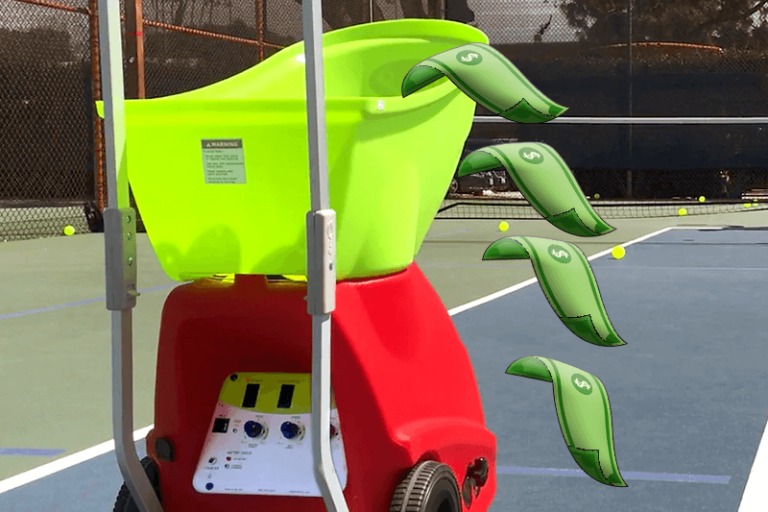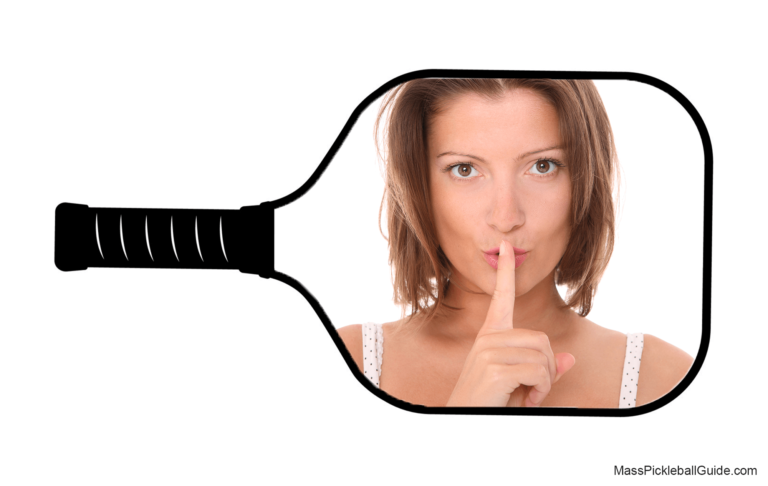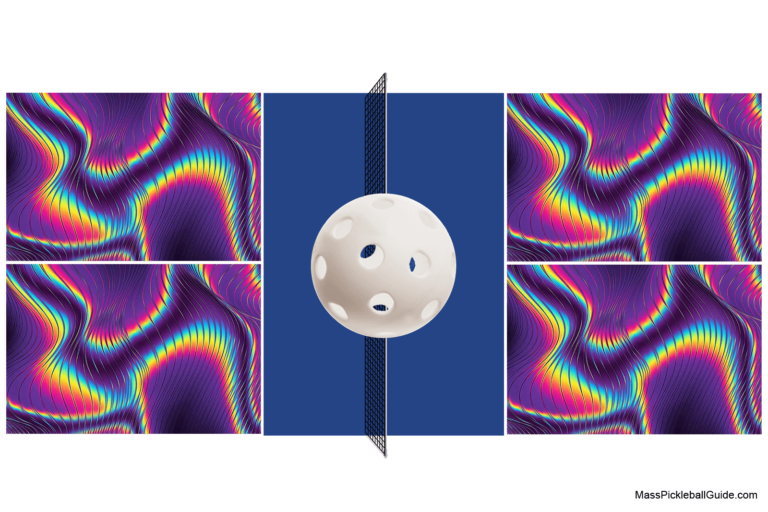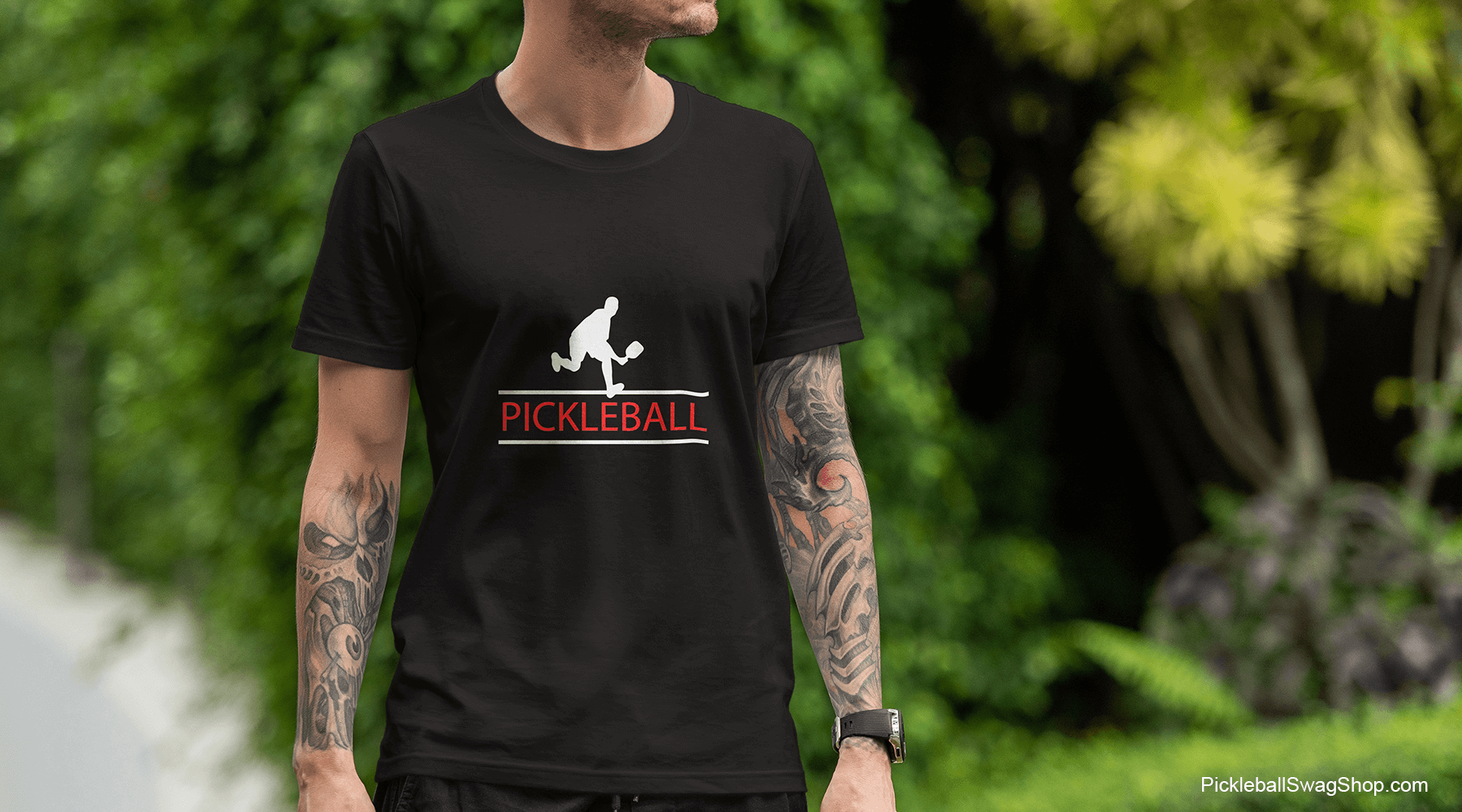Pickleball Court Care: Guide to Pickleball Court Maintenance
maintenance basics
Central to the enjoyment pickleball is the pickleball court. Sounds rather obvious, but what goes into ensuring these courts remain in top-notch condition?
In this comprehensive guide, we delve deep into the world of pickleball court maintenance, emphasizing why regular care is not just a choice but a necessity to protect your investment and enhance player experience.
Understanding the Basics of Pickleball Court Maintenance
Maintaining a pickleball court is crucial for several reasons. Regular maintenance extends the lifespan of the court, ensuring that it remains a functional and inviting space for years. The surface of a pickleball court, just like any other outdoor facility, is subjected to natural wear and tear. By adopting a proactive approach towards maintenance, you can keep the court safe, thereby minimizing the risk of injuries. A well-maintained court reduces hazards such as slippery surfaces or tripping risks, ensures consistent playing conditions, and is more inviting to players and spectators.
And on top of all that:
Pickleball courts can be very expensive to either build from scratch or converting a tennis court into a pickleball court. You don’t want to squander your investment so pickleball court maintenance is crucial.
Materials Used in Pickleball Courts
The choice of material for a pickleball court significantly impacts its maintenance needs. Understanding the different materials available helps in making informed decisions about care and upkeep.
Common Court Materials
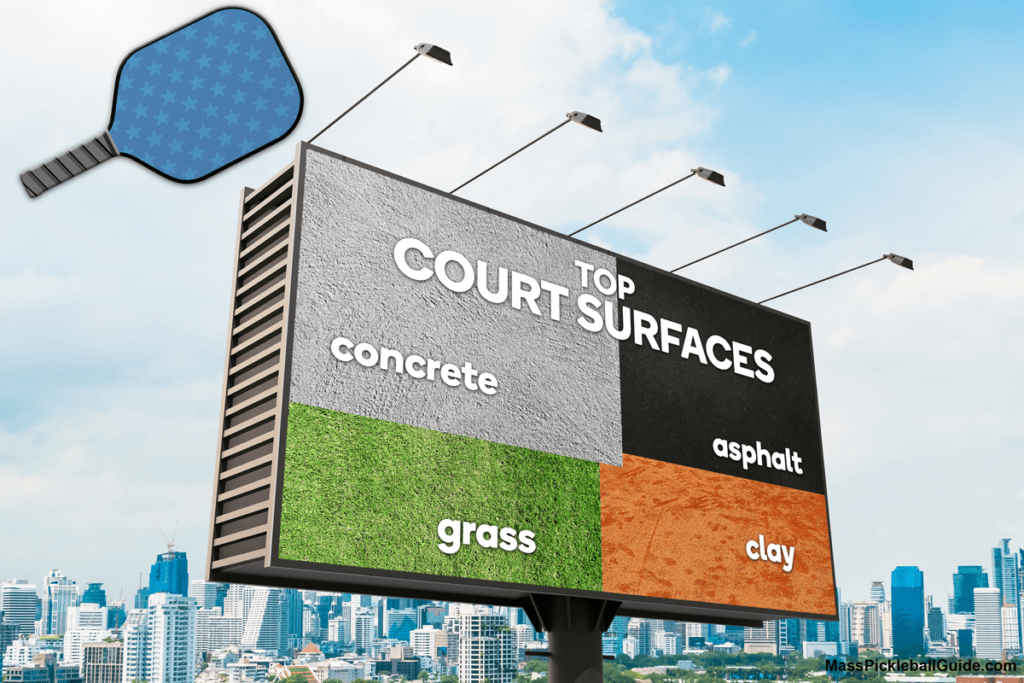
- Asphalt: A popular choice for outdoor courts, asphalt provides a durable and cost-effective surface. However, it requires regular inspections for cracks and resurfacing every few years.
- Concrete: Preferred for its longevity and minimal upkeep, concrete courts are prevalent. They are, however, susceptible to cracking over time and may need sealing to prevent moisture damage.
- Modular Tiles: These interlocking tiles offer excellent drainage and are easy to replace. They need regular cleaning to prevent buildup of dirt and debris.
Impact of Material on Maintenance
- Asphalt and Concrete: Prone to cracks and wear, requiring patching and resurfacing. Learn more about managing these materials in our article on Raw Concrete Pickleball Courts.
- Modular Tiles: Lower maintenance but need consistent cleaning to maintain grip and appearance.
Maintenance Checklist for Different Materials
| Material Type | Regular Tasks | Periodic Tasks |
|---|---|---|
| Asphalt | Crack filling, debris removal | Resurfacing, seal coating |
| Concrete | Cleaning, stain removal | Crack repair, sealing |
| Modular Tiles | Surface sweeping | Tile replacement, deep cleaning |
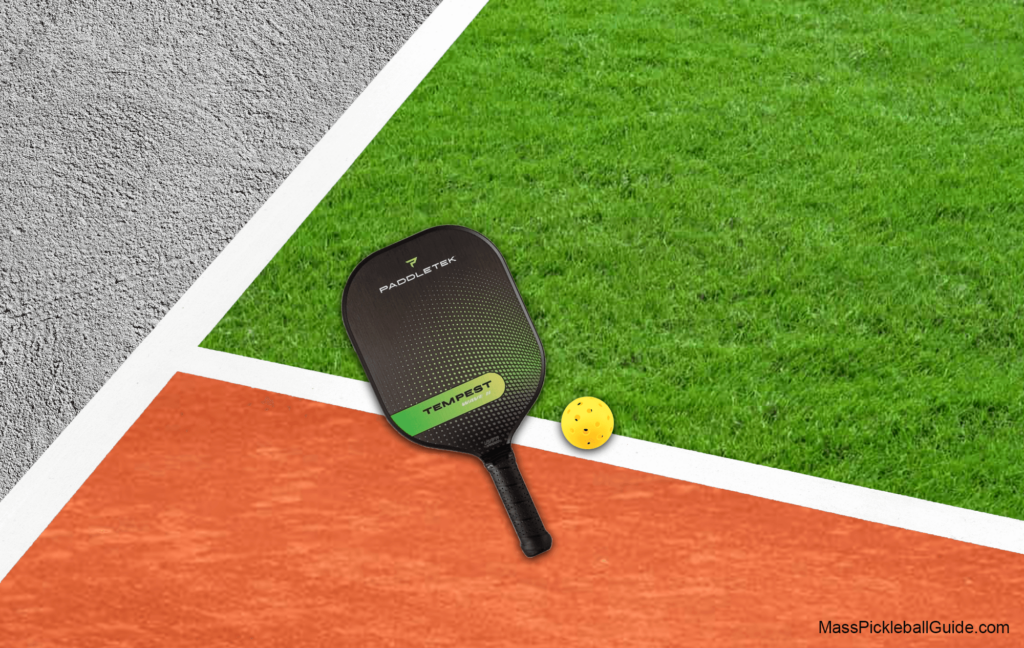
Routine Inspection and Maintenance
Regular inspections and maintenance are the backbone of a well-preserved pickleball court. By staying vigilant, you can prevent minor issues from escalating into major problems.
Inspection Tips
- Surface Check: Look for signs of wear, stains, and cracks. Addressing these early can prevent extensive damage.
- Drainage Inspection: Ensure there are no puddles or areas where water pools. Drainage issues can lead to bigger surface problems.
- Equipment Review: Regularly inspect nets, posts, and other court amenities for signs of wear or damage.
Maintenance Strategies
- Regular Cleaning: Remove dirt, debris, and organic material. Pressure washing can be an effective method to keep the surface clean and prevent mold growth.
- Crack Management: Fill in cracks as soon as they appear to prevent them from widening or deepening.
- Winter Care: In northern climates, winter maintenance is crucial. Clear leaves, twigs, and other debris to prevent stains and damage during the off-season.
Linking Maintenance to Safety and Longevity
- Preventive Care: Regular maintenance not only keeps the court safe but also extends its usable lifespan.
- Creating a Maintenance Schedule: Organize tasks into daily, weekly, and seasonal activities to ensure nothing is overlooked.
- Professional Assessments: Sometimes, it’s wise to involve professionals for a thorough inspection, especially for assessing structural integrity and addressing warranty issues.
Addressing Drainage Issues
Proper drainage is vital to prevent water accumulation, which can lead to surface damage and create safety hazards. Regularly check for puddles or areas of standing water and ensure that drainage systems are clear and functioning properly. Consider professional assessment for serious drainage issues and implement solutions to redirect water away from the court.
Maintaining Court Lines and Nets
Maintaining visible and well-defined court lines is crucial for pickleball, as they are key to ensuring fair play and safety. Over time, court lines may fade, peel, or even become damaged due to weather conditions and regular use. It’s important to regularly inspect these lines and take appropriate measures to keep them in prime condition.
Court Line Maintenance
Regular checks for fading or peeling lines are essential. When lines start to fade, it can affect the visibility, which may lead to confusion during play or even accidents. Repainting lines as needed ensures they are clear, visible, and meet official pickleball court dimension standards. Using high-quality, durable paint designed specifically for sports courts can prolong the life of the lines and reduce the frequency of repainting.
Addressing Cracks and Wear
If cracks appear near or on the court lines, they should be addressed promptly. Not only do these cracks affect the appearance of the court, but they can also pose tripping hazards to players. Filling and sealing these cracks, followed by repainting the lines, can restore the court to a safe and playable condition.
Net and Post Care
The net and posts also require regular inspection and maintenance. Check the net monthly for any signs of wear or damage, such as fraying or loose connections. Posts should be inspected for stability and integrity. Any worn or damaged parts should be replaced immediately to ensure safety and proper function of the net system. Rotating the net periodically and tightening loose bolts and fixtures can help distribute wear evenly and maintain the net’s and posts’ stability.
Conclusion
Regular maintenance of your pickleball court is essential to ensure its longevity, safety, and appeal. By following the guidelines outlined in this article, you can protect your investment and provide a high-quality playing experience for all users. A well-maintained pickleball court is a reflection of the care and attention given to the sport and its community.
Explore more resources and tips on pickleball court maintenance on our website, and keep your court in top condition for years to come!
Explore Further:
- Cost Estimator for Pickleball Courts
- Pickleball Court Size and Dimensions
- Transforming Tennis Courts into Pickleball Courts
This guide offers a comprehensive look at pickleball court maintenance, blending practical advice with expert insights. By adhering to these practices, you ensure a pristine, safe, and enjoyable court for every serve, volley, and dink!

